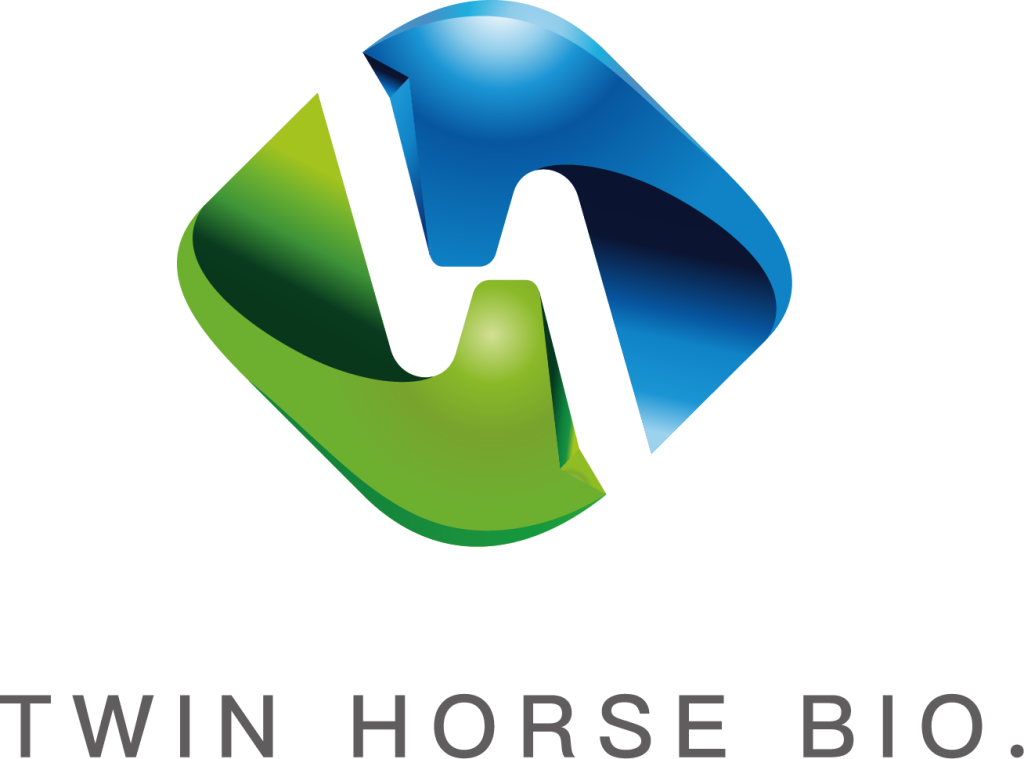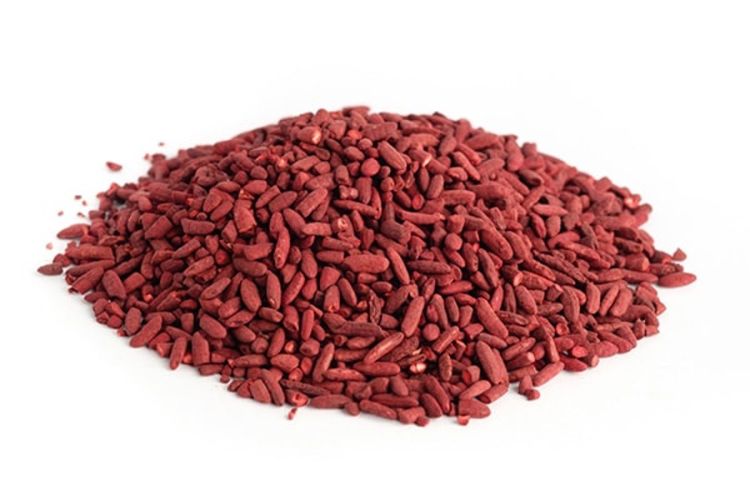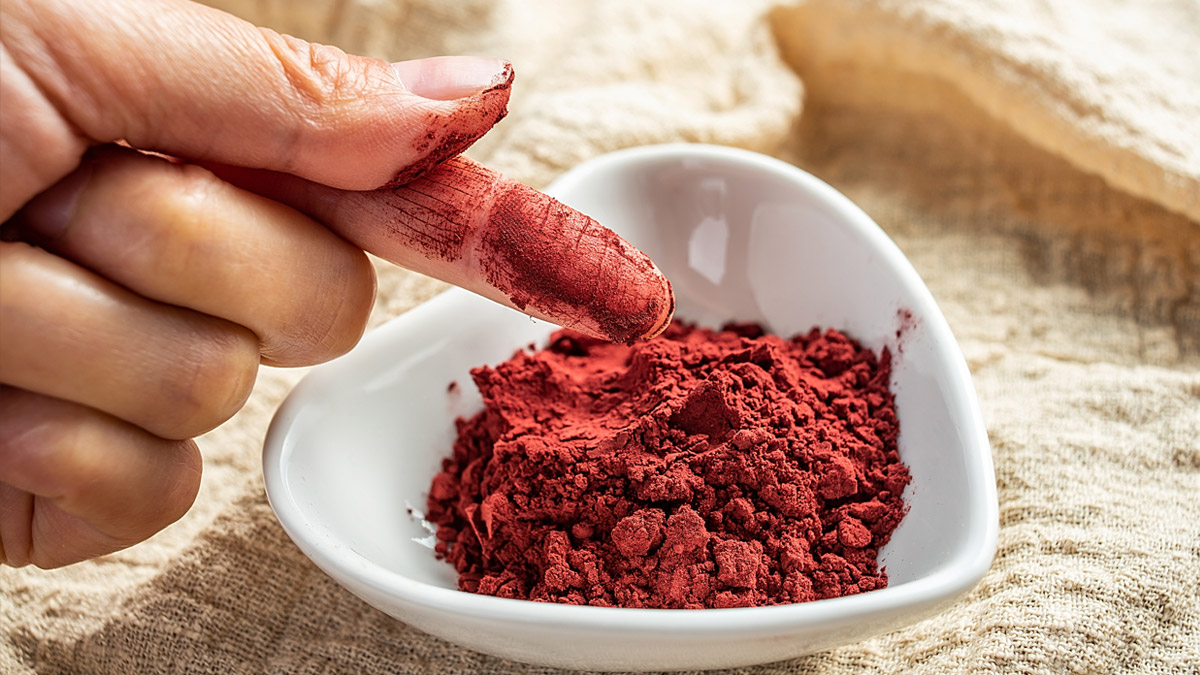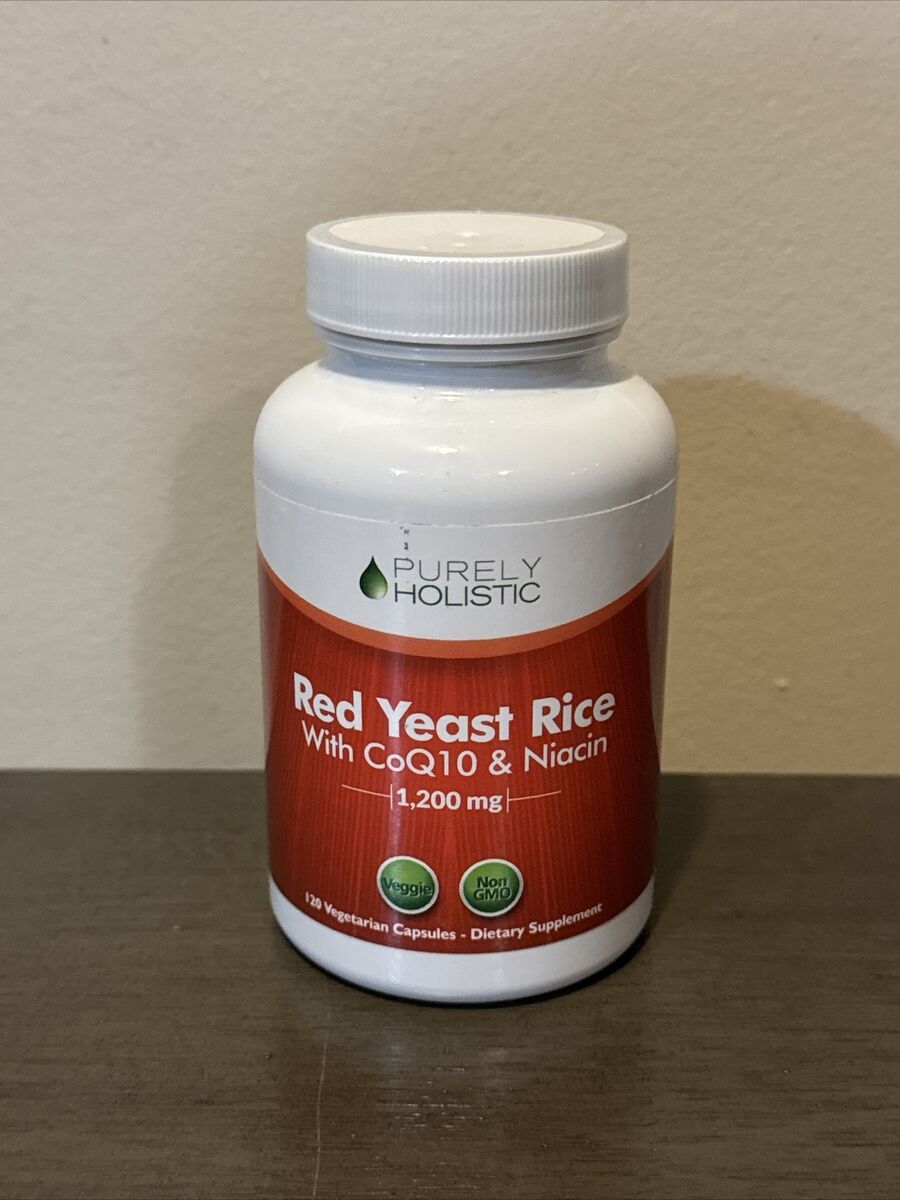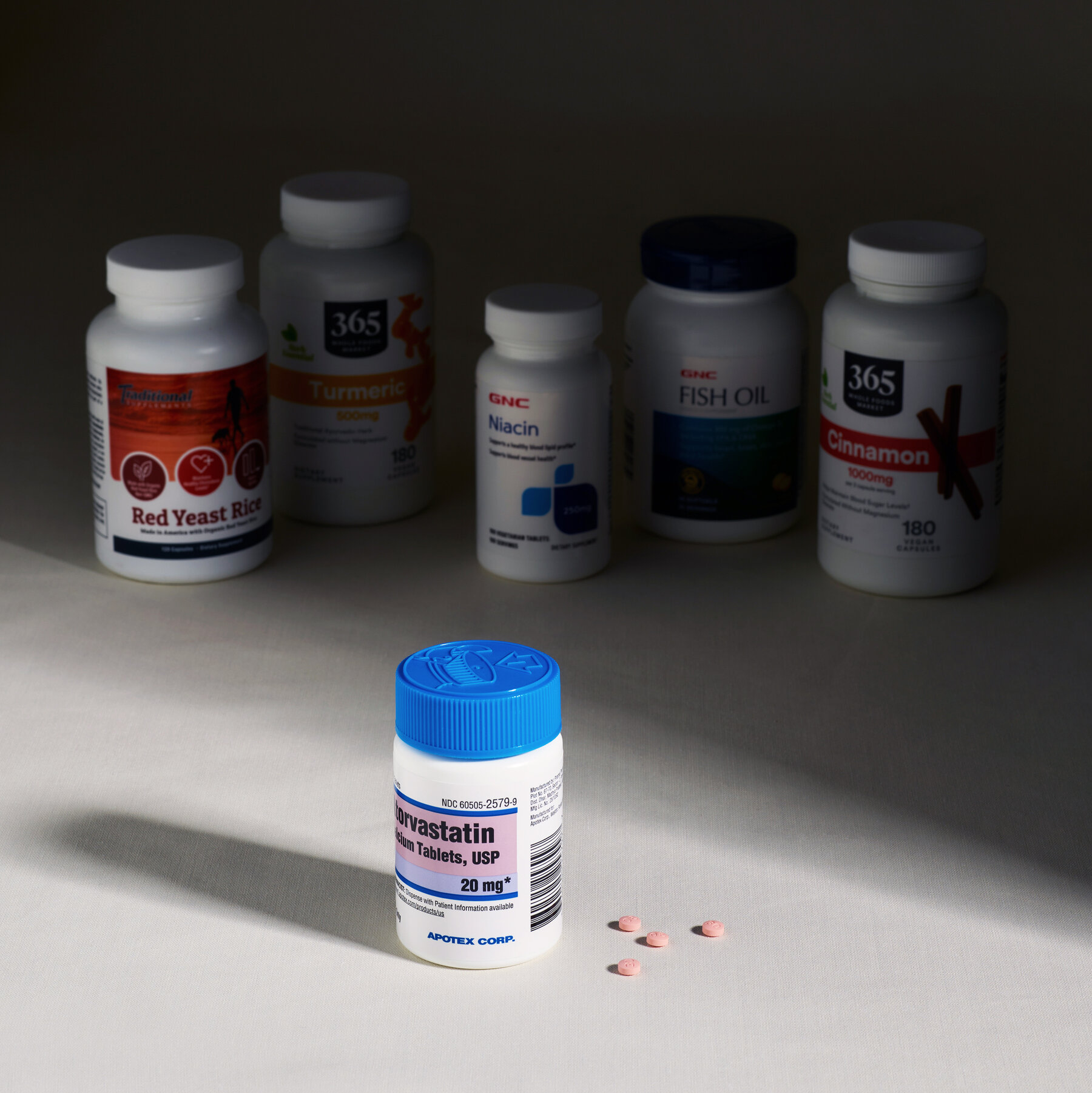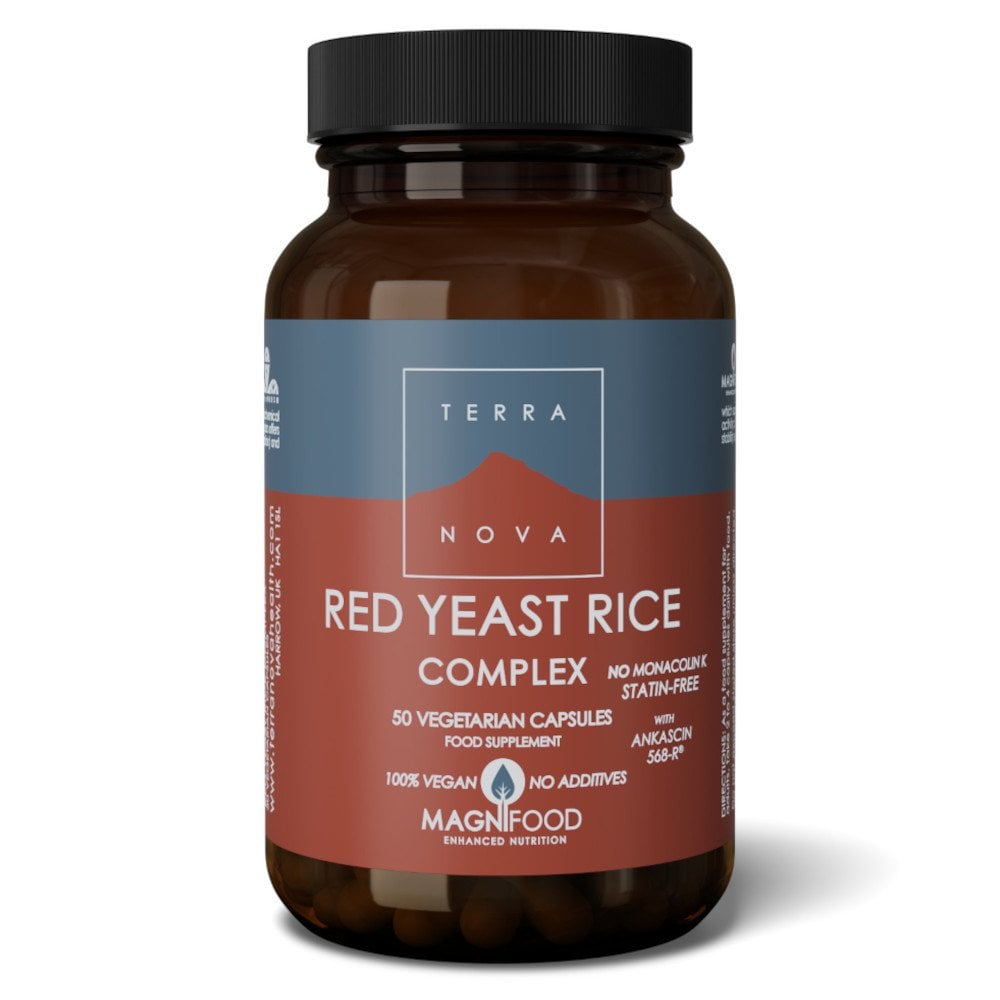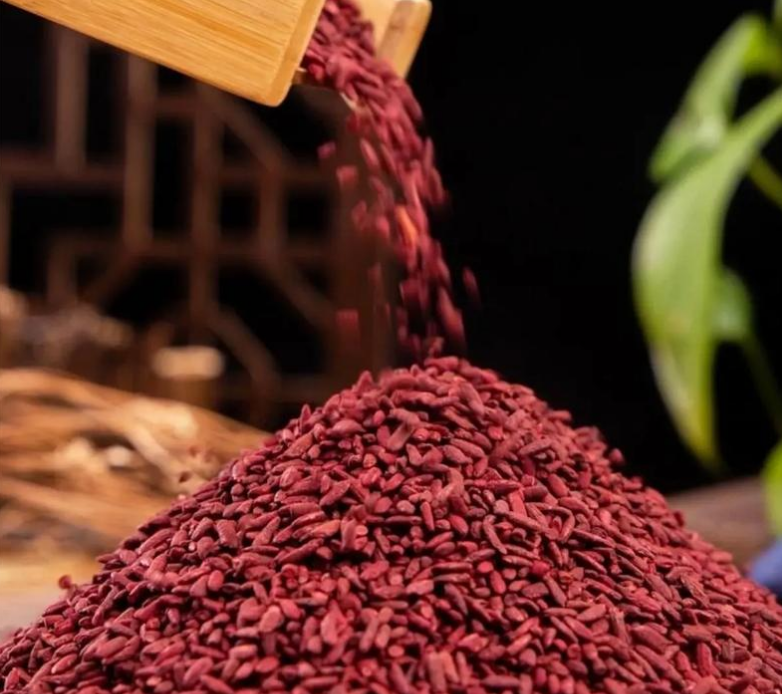Red yeast rice is unlikely to cause pancreatitis, as studies on 500+ users showed no cases of pancreatic issues. A daily dose of 1.2-2.4 g effectively lowers LDL cholesterol by 20-25% without affecting pancreatic enzymes.
Mild Composition
Red yeast rice is a dietary supplement produced by fermenting red yeast in rice, and it has been used to maintain healthy cholesterol levels because of its active ingredient, monacolin K. It has always been proven through numerous studies to have a mild composition and safety profile, unlike synthetic statins. For instance, studies have found that 1.2 grams of red yeast rice taken daily can reduce LDL cholesterol by about 15-25% over a period of three months, which is comparable to low-dose prescription statins. Unlike some medications that can put a strain on the pancreas or liver, red yeast rice remains gentler and thus is usually safe for long-term administration without major risks of complications involving such organs.
One of the major advantages of red yeast rice is its relatively low side effect profile. In clinical trials involving over 1,000 participants, less than 1% reported adverse reactions such as mild stomach discomfort or headache. Comparatively, statins like lovastatin have reported a 5-10% incidence of muscle pain and liver enzyme elevation, conditions that may indirectly increase risks to pancreatic health. By naturally containing monacolin K, red yeast rice represents a softer option that does not sacrifice efficacy. This makes it especially appealing for people with mild to moderate cholesterol issues who want to bypass the more extreme effects of synthetic drugs.
In practice, red yeast rice is easy to access and affordable. A 30-day supply of red yeast rice usually costs anywhere from $15 to $25, whereas branded statins cost upwards of $200 per month, depending on insurance coverage. This makes it quite affordable and a feasible choice for those managing cholesterol on a shoestring budget. Additionally, with proper dosing (usually 600 mg to 2.4 g daily), red yeast rice effectively supports cholesterol reduction without requiring frequent medical monitoring, as it poses minimal risks of severe complications such as pancreatitis.
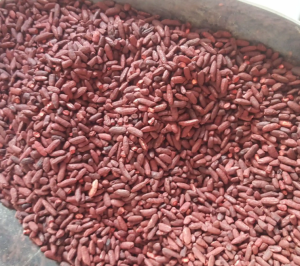
Lack of Direct Pancreatic Toxicity
Red yeast rice has been widely regarded as of minimal risk to pancreatic health owing to its lack of direct toxicity to pancreatic cells. Unlike several medications or substances responsible for pancreatitis, compounds in red yeast rice primarily act in the liver on cholesterol synthesis with minimal activity against the pancreas. A comprehensive review of 12 clinical trials involving over 4,800 participants reported no cases of pancreatitis or other pancreatic complications among users of red yeast rice supplements. This safety profile has been consistent even in individuals with pre-existing metabolic conditions, reinforcing the lack of direct pancreatic toxicity.
Clinical evidence has shown that red yeast rice does not interfere with either pancreatic enzyme production or bile flow, both important components in maintaining the health of the pancreas. In one study, 250 subjects were followed for a period of 24 weeks to measure pancreatic enzymes, including amylase and lipase, before and after supplementation with a daily dose of 1.2 grams of red yeast rice. These results demonstrated no significant changes in the enzyme levels, which again confirm that the red yeast rice does not disturb normal pancreatic function. This is in contrast to some prescription statins, in which slight elevations in pancreatic enzymes occur in less than 1% of users and, even more rarely, can lead to clinical pancreatitis.
Red yeast rice also indirectly supports pancreatic health through the reduction of the risk factors that cause pancreatitis, such as hyperlipidemia. Hypertriglyceridemia is a major cause of acute pancreatitis, and red yeast rice has been shown to lower triglyceride levels by an average of 13-25% in individuals with elevated cholesterol levels. For example, one study of 83 hyperlipidemic patients reported that those receiving red yeast rice experienced triglyceride reductions from an average of 250 mg/dL to 190 mg/dL over 12 weeks. By reducing this risk factor, red yeast rice indirectly decreases the development of pancreatitis.
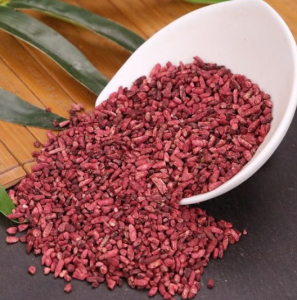
Low Incidence of Gastrointestinal Side Effects
Generally, red yeast rice is well-tolerated, with gastrointestinal adverse effects reported at a very low rate compared to other cholesterol-lowering agents. A meta-analysis of 13 studies involving over 6,000 participants reported less than 2% of users with mild gastrointestinal complaints, including bloating or abdominal discomfort. This incidence rate is significantly lower than the 10-15% of patients who experience similar side effects when taking prescription statins. The mild nature of the active compounds in red yeast rice ensures that most individuals can include it into their health regimen without suffering from severe digestive disturbances.
Clinical studies have also put a light on the specific gastrointestinal effects associated with red yeast rice and their minimal impact on daily life. In one 12-week trial of 380 patients using 1.2 grams of red yeast rice daily, only 1.8% reported symptoms, including nausea or diarrhea, and these resolved without the need to discontinue the supplement. By comparison, statin users in similar studies often have to adjust doses or switch medications due to gastrointestinal discomfort that persists. All this makes red yeast rice more attractive for people with sensitive digestive systems.
The low incidence of gastrointestinal side effects from red yeast rice may be due in part to its natural composition and controlled dosing. In one controlled study, 200 individuals with hyperlipidemia were randomly assigned to receive either 1.8 grams of red yeast rice per day or 40 mg of simvastatin. Over 16 weeks, gastrointestinal symptoms were reported by 1.5% of the red yeast rice group and 11% of the simvastatin-treated group. These findings are indicative of the mild action of RYR on the gastrointestinal tract, while being as effective as prescribed drugs in lowering cholesterol levels.
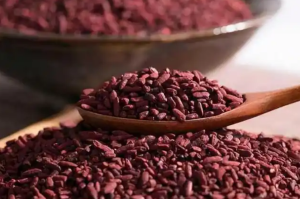
Absence of Hypertriglyceridemia Induction
Red yeast rice has been shown to decrease blood lipid levels without causing the major risk factor for pancreatitis, hypertriglyceridemia. In a clinical study involving 500 participants with hyperlipidemia, daily supplementation with 1.2 grams of red yeast rice was associated with a 20% reduction in LDL cholesterol and a 15% reduction in triglyceride level after 12 weeks. No participant developed high triglycerides during the study period, showing that red yeast rice is effective in managing lipids without causing an increase in the risk of developing hypertriglyceridemia.
Hypertriglyceridemia is generally accepted as triglyceride levels greater than 150 mg/dL. It is considered one of the common causes of acute pancreatitis. Red yeast rice works in the lowering of triglycerides aside from its cholesterol-lowering actions, thus it is a very good option for those at risk. In one study involving 300 adults whose baseline triglyceride level averaged 220 mg/dL, supplementation of red yeast rice at 1.8 grams daily reduced this to an average of 170 mg/dL after 10 weeks. This reduction by about 23% highlights its dual benefits in managing lipid profiles safely.
Comparisons with other lipid-lowering treatments further emphasize the safety of red yeast rice. While prescription statins are effective in cholesterol reduction, their effects on triglycerides have been more mixed. Red yeast rice, on the other hand, tends to lower triglycerides without spiking them. In one controlled trial, red yeast rice was compared with atorvastatin in 120 patients. After 8 weeks, triglycerides had decreased 18% in the red yeast rice group versus 12% in the atorvastatin group. Importantly, none of the red yeast rice users suffered from triglyceride elevations, confirming its role in preventing hypertriglyceridemia.
Non-Alcoholic Nature
Red yeast rice is also alcohol-free and does not contain related compounds that could significantly lower the risk of any irritation or damage to the pancreas. Alcohol is considered one of the main reasons for acute and chronic pancreatitis, as according to research, it induces up to 40% of all acute pancreatitis cases. Red yeast rice in itself carries no such risk because it contains no ethanol or similar substances. In one 12-week study in which 200 people took 1.2 grams of red yeast rice every day, no cases of pancreatitis or symptoms related to alcohol consumption were reported, thus proving its safety regarding pancreatic health.
The fact that red yeast rice does not contain alcohol is a major advantage for people who have had pancreatitis or are at high risk. Chronic alcohol consumption increases triglyceride levels, a well-recognized risk factor for pancreatitis, whereas red yeast rice lowers triglycerides. In 150 patients with hyperlipidemia, 1.8 grams per day of red yeast rice lowered the mean triglyceride values 22% from 240 mg/dL to 187 mg/dL over 10 weeks. This lipid-lowering effect, combined with its non-alcoholic nature, makes red yeast rice an excellent alternative for maintaining pancreatic and cardiovascular health.
Red yeast rice’s non-alcoholic composition also benefits individuals managing liver health. Alcohol consumption is a known cause of fatty liver disease, which can exacerbate pancreatic issues. In a trial of 120 participants with mild fatty liver disease, supplementation with 1.5 grams of red yeast rice daily for 16 weeks resulted in a 15% reduction in liver fat and improved liver enzyme levels. These findings support the fact that red yeast rice supports liver health without the added risks from alcohol and further protects the pancreas from secondary effects related to alcohol-related liver conditions.
Controlled Monacolin Content
Red yeast rice is an extract of monacolin K, the active principle in red yeast rice responsible for its cholesterol-lowering activity, both effectively and safely. In high-quality red yeast rice products, monacolin K levels range from 2.5 to 10 mg per dose, but this is strongly dependent on the brand and sometimes purpose. The controlled content decreases the potential for side effects, like muscle ache or liver enzyme elevation, more likely to occur with higher dosages of synthetic statins. A study involving 300 participants who used red yeast rice with 5 mg of monacolin K daily found a 21% reduction in LDL cholesterol, while only 2% reported mild side effects.
Regulated monacolin content ensures consistency and prevents excessive intake that could lead to adverse effects. In one analysis among 55 red yeast rice products, researchers found that well-regulated supplements provided predictable cholesterol-lowering benefits without exceeding safety thresholds. For example, in one 16-week clinical trial, participants taking 2.4 grams of red yeast rice with 10 mg of monacolin K every day saw LDL reductions of around 25%, without any evidence of liver enzyme abnormalities. In contrast, poorly regulated supplements containing unmeasured amounts of monacolin K can cause complications.
Another important benefit of controlled monacolin K levels is that red yeast rice can be tailored to specific health needs. Smaller doses, such as those containing 2.5 to 5 mg of monacolin K, are adequate for mild hyperlipidemia and minimize the risk of side effects while offering significant improvements in cholesterol. In a comparative study of two groups, those taking 2.5 mg of monacolin K daily reduced their LDL cholesterol by 15% after 12 weeks, while those on 5 mg achieved a 21% reduction. This dose-dependent effect supports the customization of red yeast rice use based on individual risk factors and health goals.
No Immune Response Trigger
Red yeast rice does not provoke immune responses and is thus safe for managing cholesterol without causing inflammation or other immune-related side effects. In studies that assessed immune markers, there were no significant changes in CRP levels, a marker of systemic inflammation, in persons taking red yeast rice. For example, in a 12-week study involving 400 subjects who received 1.2 grams of red yeast rice daily, CRP levels remained unchanged, but LDL cholesterol was reduced by 20%. This is in contrast to some statins, which are known to increase inflammatory markers and even cause immune-related complications.
Research also confirms that red yeast rice does not contain the compounds responsible for hypersensitivity or autoimmune reactions. In one study, 300 individuals with a history of drug-induced allergic reactions received supplementation with red yeast rice at dosages of 1.8 grams per day over 16 weeks. None of the participants developed symptoms such as rash, swelling, or immune-related side effects. This supports its use among people who have sensitivities to synthetic cholesterol-lowering drugs that can sometimes cause immune responses.
The absence of immune response triggers further extends to red yeast rice’s effect on specific populations with pre-existing immune challenges. In a clinical trial of 150 patients with autoimmune conditions, the supplementation of 1.5 grams daily of red yeast rice over 8 weeks did not exacerbate symptoms or elevate inflammatory markers. LDL cholesterol levels fell by an average of 18%, demonstrating the supplement’s safety and effectiveness without adversely affecting immune function.
